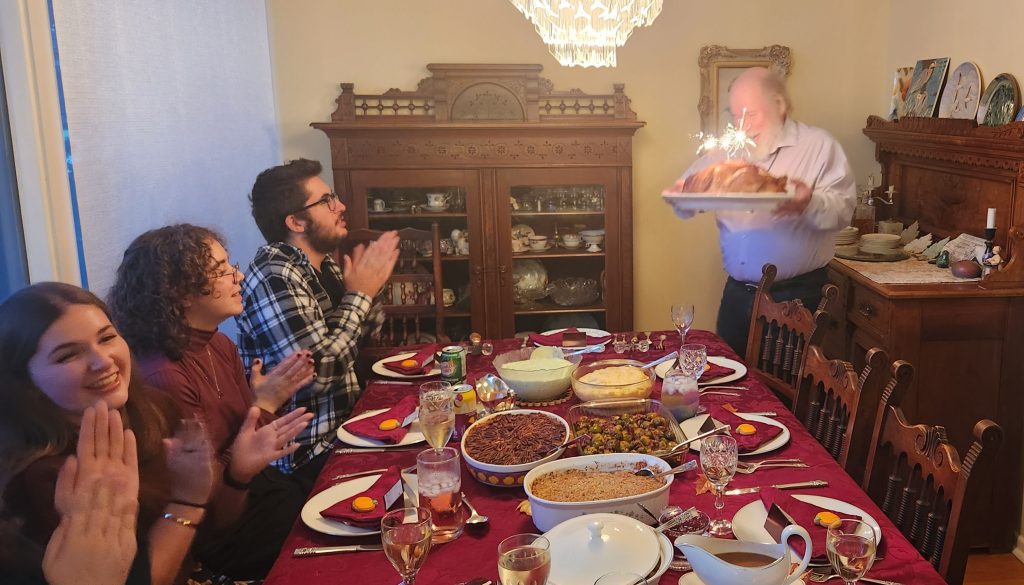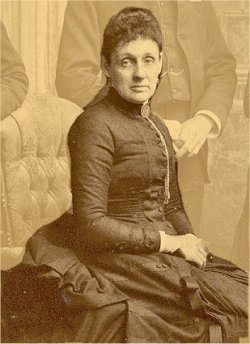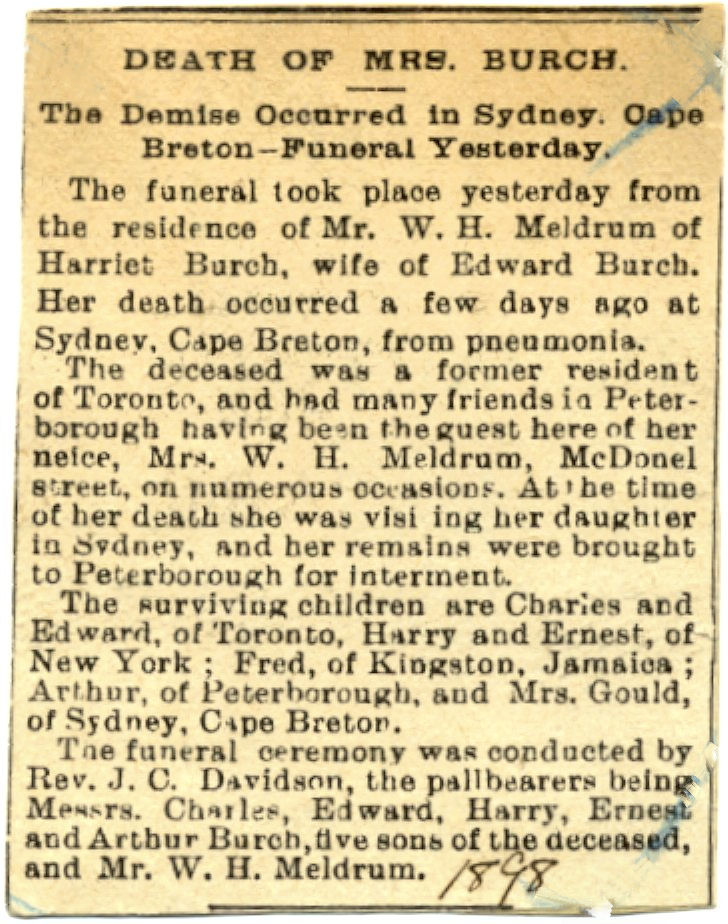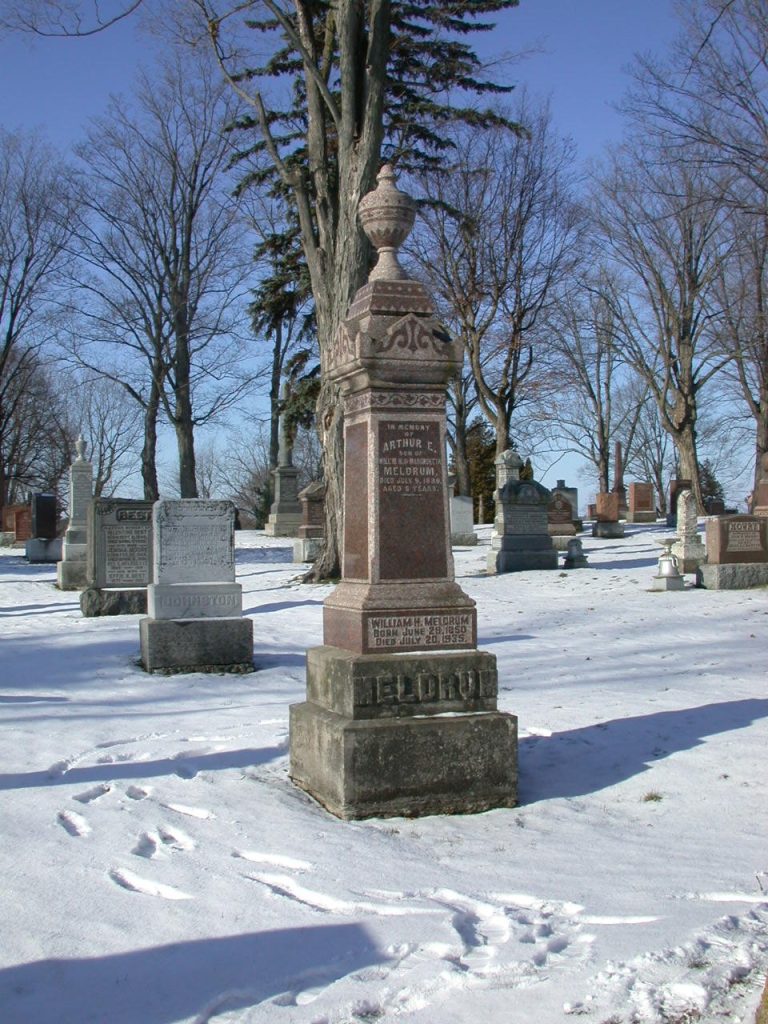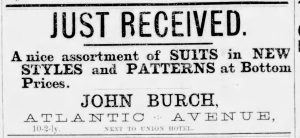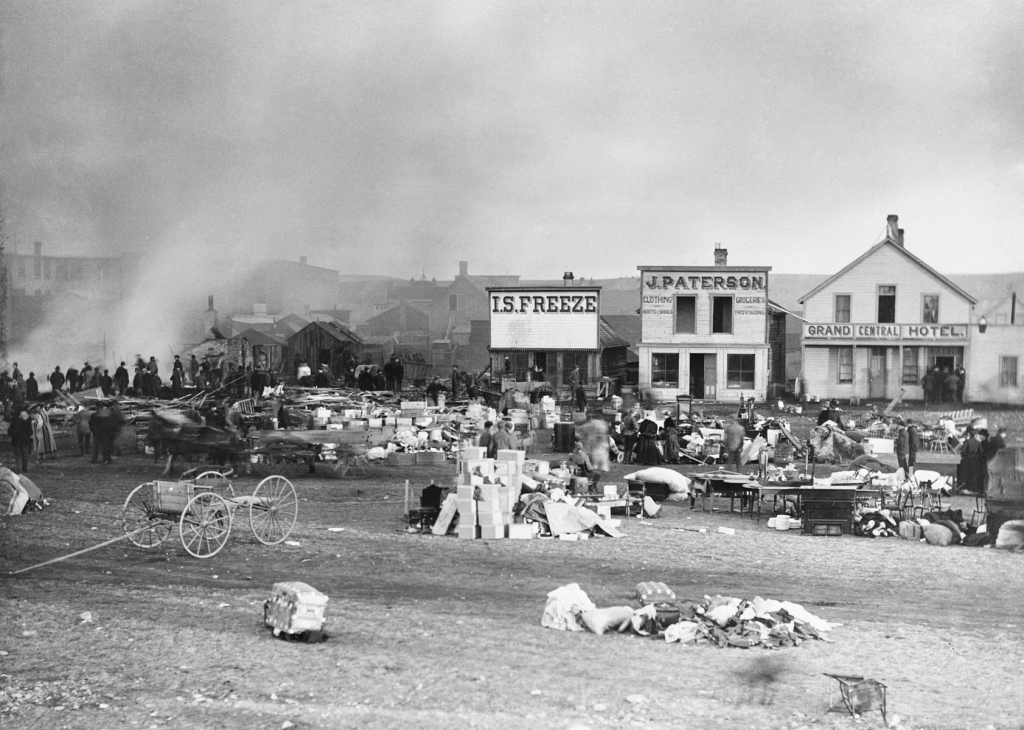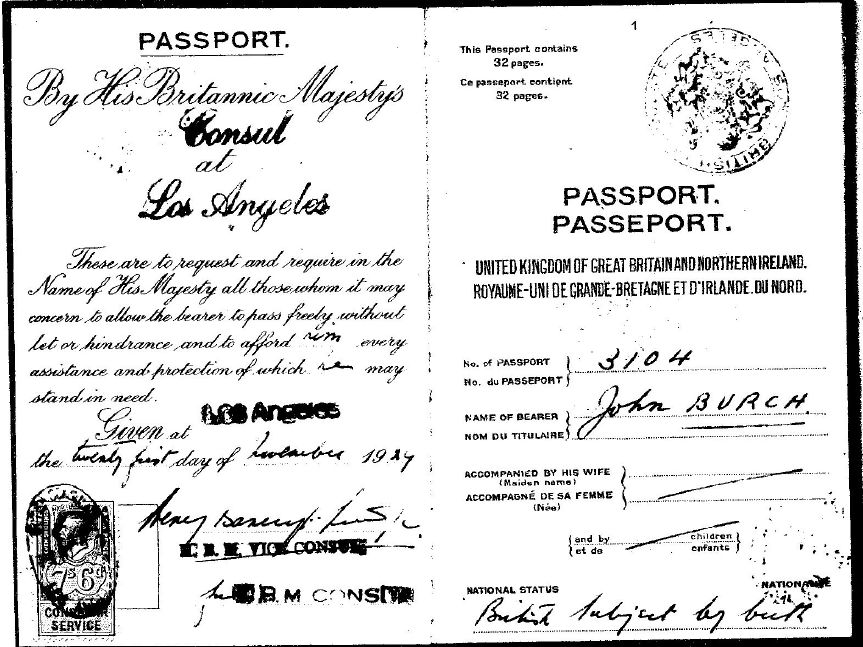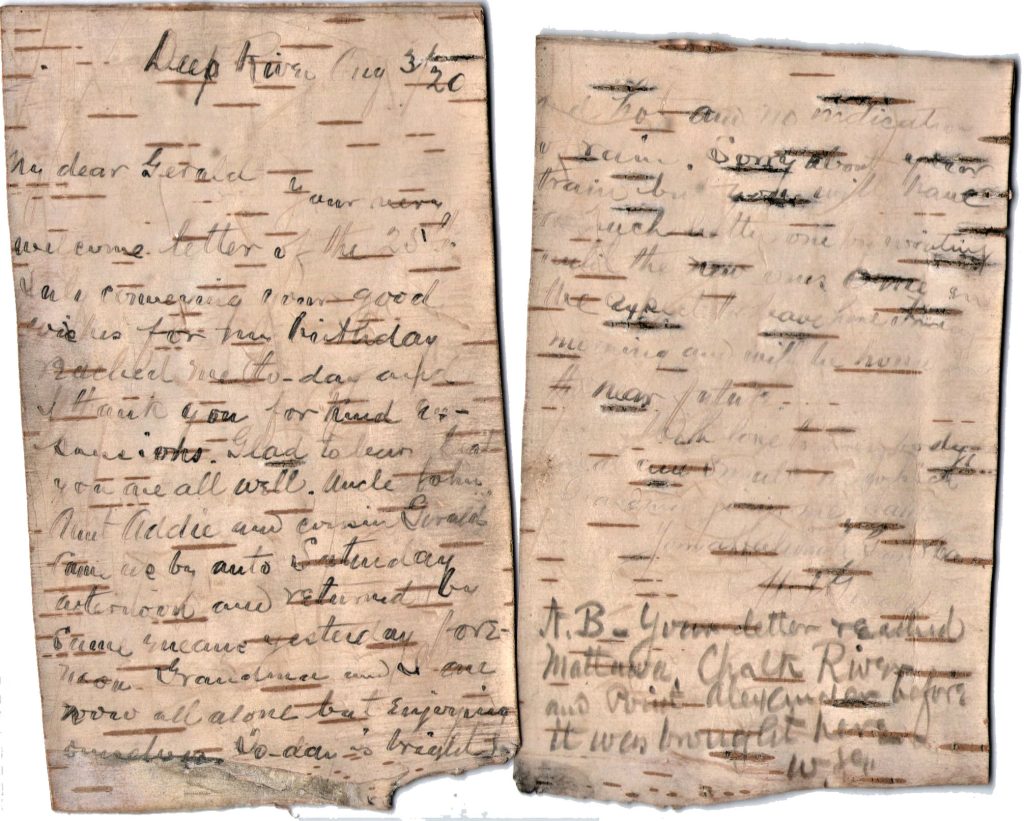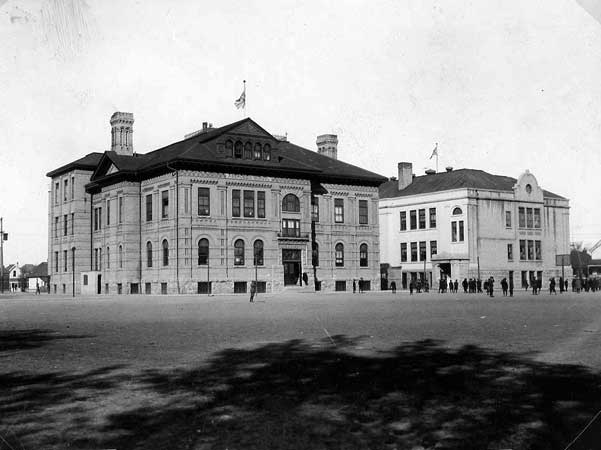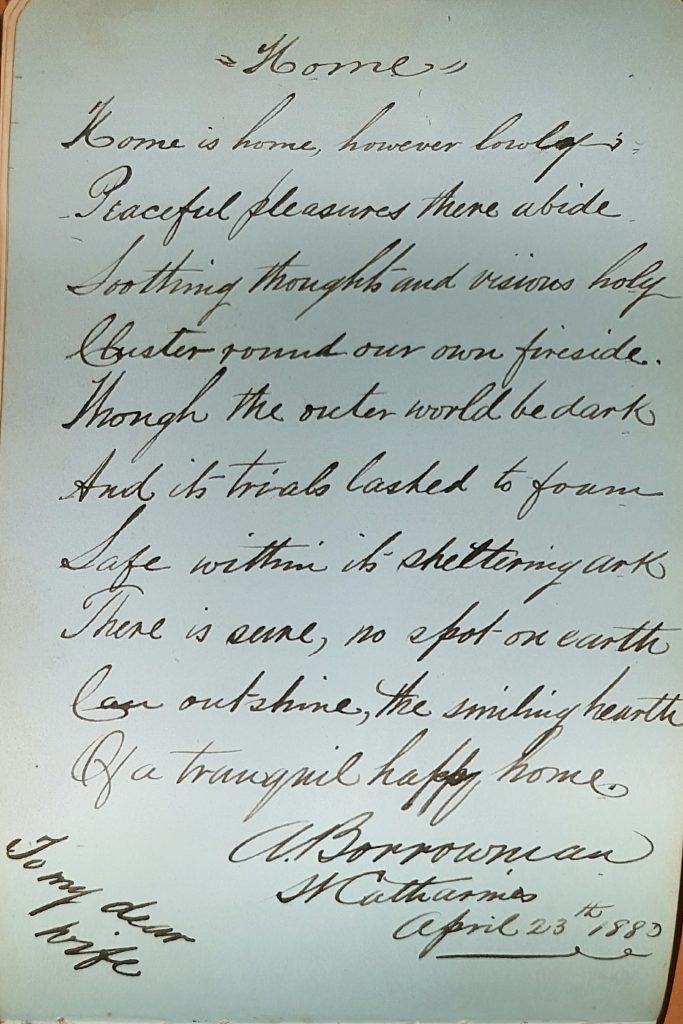
I’ve known for many years that my grandfather Ernest’s brother, Arthur Elvin Burch, left his wife Elizabeth and their young son behind in Winnipeg for parts unknown. He was living with them and his mother- and sister-in-law in 1901, according to the census of that year, but by about 1904-5 was there no longer. A brief note in the Personals column of the Manitoba Morning Free Press (4 July 1904 p. 5) reads:
“Mrs. Burch left Thursday evening for the east, where she will spend the next year.”
On her return, she and her son Herbert were listed as boarders on the 1906 Prairie Provinces census. Clearly, something happened around that time to change her circumstances.
My dad met that son, Herbert Burch, during their retirement years in Victoria, BC, eventually overcoming his cousin’s understandable aversion to the Burch family to become good friends. As far as I know, Herbert did not know where or why his father had gone from their lives. Back in Winnipeg, Elizabeth continued her career as a teacher, Herbert grew up and attended the University of Manitoba, becoming an accountant. In 1906 she is listed as married, and in 1911 as widowed.
Some years later, I found a 1910 death record for Great-Uncle Arthur; he died in the Oregon State insane asylum in Salem, Oregon. That’s a long way from Winnipeg, and although it does provide an explanation for Elizabeth’s “widowed” status, it was a sad end for Arthur. I still didn’t know anything about his intervening years between 1904 and 1910.
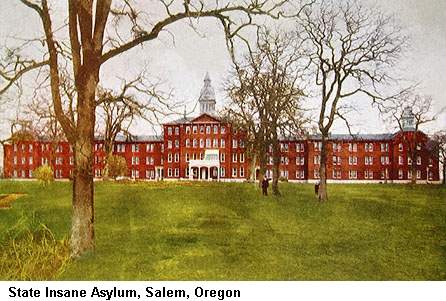
But! this week I came across something quite unexpected on Ancestry.ca – the record of a male child born in Portland, Oregon on 26 April 1909 to Arthur Elvin Burch (of Toronto) and his wife (!!) Lonnie Mabel Huls of Kansas. What?! Further searches revealed a little news article about a marriage in Kansas in September 1906 as well as another, earlier child, sadly a stillborn daughter, in June 1907. Well, that certainly fills some of the gap! But why Kansas? Why Oregon?

Not only did Arthur marry again without the benefit of a divorce from his Winnipeg wife, but his second wife, young Lonnie, remarried after his death with some haste, only nine months later. Her second husband was William Edgar Smith, a dentist; their 1911 marriage registration in Portland indicates erroneously (or purposely?) that it was a first marriage for both parties – I’m not sure how Lonnie could account for her infant son at that point. In the space for “full maiden name” she entered “Lonnie Burch,” and the newspaper refers to “Miss Lonnie Burch.” Perhaps it’s understandable that she was economical with the truth of a first husband who died of syphilis in an insane asylum!


Fast forward a few years and we find this family on the 1920 census, William, Lonnie and “their” son Robert E. Smith, now almost eleven years old. In 1930, Lonnie’s mother, 73-year-old Bettie Huls is living with them, as she is in 1940 too. Bettie died before 1950, dentist William in 1958 and Lonnie herself in 1961.
I’m not yet sure what happened to Robert Burch/Smith, who would be my first cousin once removed, the same as his half-brother, Herbert. I wonder if Lonnie ever told Robert that Dr. Smith, the dentist, was not his biological father? He is mentioned in his step-father’s obituary as “Dr. Robert Smith, Brookings, Ore.,” and I think he died in December 1980. Did Robert have any children? So many questions still, but at least I know how Great-Uncle Arthur spent his last years, living up to the reputation of many a travelling salesman.


